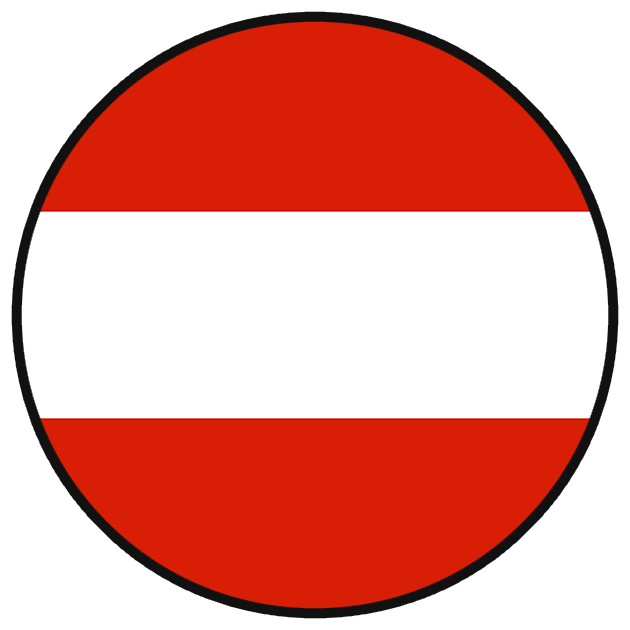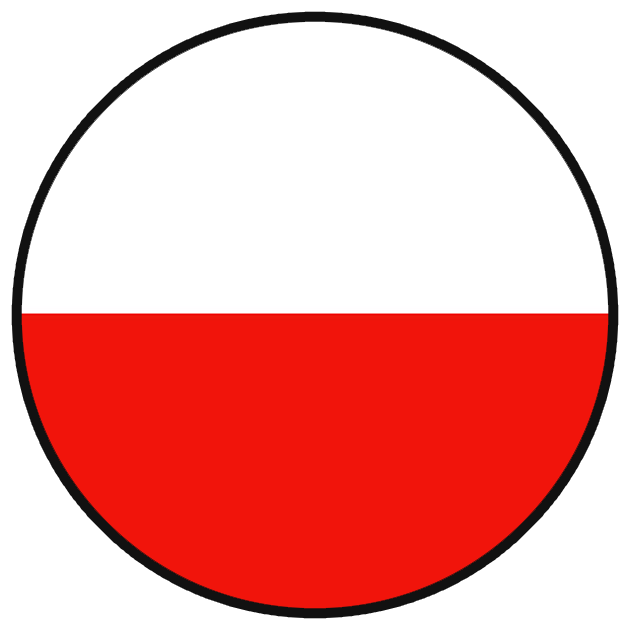The agricultural industry is responsible for many of the imbalances that occur in natural ecosystems. Regenerative organic farming aims to be the solution to this problem. How can we produce food while giving back to nature what we take from it to produce it?
Our trees are nourished thanks to the nutrients their roots get from the soil. The business model of chemical agriculture consists of eliminating soil life (with pesticides) and selling farmers the nutrients the trees need to grow (chemical fertilizers). Regenerative agriculture focuses on promoting soil life through agronomic practices that protect or do not interrupt the natural regeneration of the soil.
 However, one of the issues with the term “regenerative agriculture,” which is increasingly used, is that it is not protected and does not have official certification. It is up to us, the farmers, to ensure that this term does not become a buzzword or be misused.
However, one of the issues with the term “regenerative agriculture,” which is increasingly used, is that it is not protected and does not have official certification. It is up to us, the farmers, to ensure that this term does not become a buzzword or be misused.
For this reason, CrowdFarming launched the MRV project (Measurement, Reporting, and Verification), which has developed a regeneration index. The regeneration index is described as follows:
The regeneration index is a system for evaluating and validating the results of regenerative practices, providing transparency and clear standards for both farmers and consumers.
In summary: Key parameters of regenerative agriculture are evaluated through laboratory analysis and other measurement methods. The results are classified on a scale from 1 to 5 (5 = excellent). This makes complex relationships more understandable and ultimately more transparent and accessible to consumers. The evaluated parameters are:
Organic Matter
Organic matter is the material that comes from living or dead organisms and contains carbon. In the soil, organic matter is usually present in the form of humus, which is generated from the decomposition of plant and animal residues. It is crucial for soil fertility as it stores nutrients and improves soil structure.
Soil Structure
Soil structure refers to the arrangement of soil particles (sand, silt, clay) and the formation of aggregates. This determines the soil’s ability to store water, allow air circulation, and supply nutrients. Good structure promotes plant growth by keeping the soil aerated and nutrient-rich.
Water Infiltration Rate
The water infiltration rate describes the speed at which water penetrates the soil. It is a key factor for soil quality as it affects the soil’s capacity to store water and make it available to plants. Techniques such as compost application, reduced tillage, and the use of cover crops improve soil structure and increase infiltration rate. Soil with high infiltration can absorb and store water better, which prevents flooding during heavy rains and ensures a constant water supply during dry periods.
Macronutrients
Macronutrients are essential nutrients that plants need in large amounts for healthy growth. These include nitrogen (N), phosphorus (P), and potassium (K), which are necessary for processes like root, leaf, and fruit development. The more macronutrients are available in an accessible form for the plants, the better.
Microbial biomass
Microbial biomass refers to the total mass of microorganisms (bacteria, fungi, algae, etc.) in the soil. These microorganisms are essential for the decomposition of organic matter and the availability of nutrients for plants. Many nutrients are not directly available to plants and need to be mobilized by microbial activity. Therefore, microbes are indispensable for a functional soil system.
Our results
We now want to share our evaluations with you, showing the values obtained in 2023 (baseline year) and 2024. This way, you can observe the changes and progress. As mentioned earlier, the analysis is classified on a scale from 1 to 5 (excellent). Since the project is still in its early stages and parameters are still being adjusted, this only represents a small part of the overall evaluation. Therefore, the total soil health value is not solely composed of the numbers mentioned above, and the average may differ from the values you see.
| Indicator | 2023 | 2024 |
| Organic Matter | 2.32 | 3.41 |
| Structure | 1.98 | 5.00 |
| Water Infiltration Rate | 2.03 | 3.00 |
| Macronutrients | 2.00 | 3.00 |
| Microbial Biomass | 1.75 | 2.00 |
| Overall Soil Health | 2.04 | 2.99 |
Summary
It is crucial to move towards regenerative agriculture by implementing measures to improve the soil and integrate livestock. This approach complements simple organic farming. But do these practices serve the consumer if they are not measurable? How can a farmer improve if they don’t know where they are starting from? How can consumers trust regenerative agriculture if there are no verified and independent figures?
This is precisely the reason behind the regeneration index and the MRV program.





 My account
My account 
































